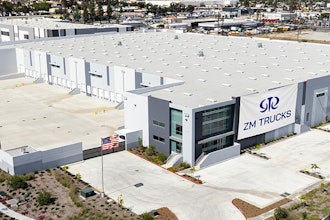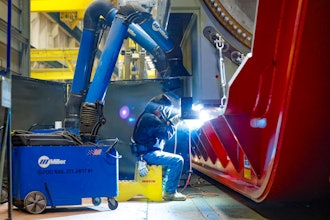
Modern manufacturing thrives on automation and connectivity. From smart sensors on factory floors to cloud-connected supply chains, these advances are creating previously impossible opportunities – not just for manufacturers, but for adversaries looking to exploit exposed systems.
It’s no coincidence that manufacturing has become the most targeted industry for cyberattacks, accounting for over more than a quarter of incidents. Ransomware, in particular, has surged: in Q2 2024 alone, according to one report, manufacturers made up 29 percent of publicly extorted victims globally, marking a 56 percent year-over-year spike.
Manufacturing In the Crosshairs
What makes manufacturers such an appealing target? Their growing digital footprint presents opportunity, but it’s the sector’s sensitivity to downtime that makes them a high-leverage target for attackers, who can exploit that sensitivity for faster and larger ransoms.
For an automotive manufacturer, even a single hour offline can cost $2.3 million – that’s almost $40,000 per minute. Manufacturing breaches are also among the costliest. Last year, the average breach in the industrial sector reached $5.56 million – up $830,000 from the year prior. And when attackers go after intellectual property or sensitive data, the long-tail impact can be even more severe.
Despite this risk profile, many manufacturers struggle with one of the most basic principles of cybersecurity: network visibility.
That means knowing what’s happening across your network at any given moment – being able to observe and record traffic flows, identify anomalies, and understand whether activity is expected or suspicious. Unlike traditional corporate environments, manufacturers must secure sprawling, hybrid networks – ones that span IT systems, Operational Technology (OT) equipment, legacy infrastructure, and a growing web of third-party vendors. These environments are notoriously difficult to monitor, and bad actors know it.
Quiet Threats, Loud Consequences
The most damaging cyber threats today don’t kick down the proverbial front door. Instead the attackers slip quietly through side entrances, often waiting for weeks or months before taking action. Attackers can use compromised credentials or vendor access to move laterally within a network, avoid detection, and strike only when they’re confident they have established a foothold which can cause maximum disruption. This stealthy approach is what makes ransomware so destructive in industrial settings.
Traditional security tools aren’t always built to detect this kind of slow-moving, internal threat activity. They may be unable to separate normal user behavior from malicious activity and miss the early behavioral signals that could have generated alerts to prevent an attack from advancing. That’s why visibility into real-time network behavior has become a strategic priority.
My company partnered with a Fortune 250 steel manufacturer—one of the largest in the world. When they came to us, they had already deployed a wide range of solutions, including next-gen firewalls and anti-virus email filters, and an open source network traffic analysis program. However, as they upgraded their internet connection from 1GB to 10GB, they grew concerned that their systems wouldn’t be able to capture all of the network data.
We assisted them in replacing their traffic monitoring with a single, high-performance sensor without a massive overhaul. Now, they have information on all network sessions and can identify attacks and anomalous behavior earlier in the attack lifecycle, giving them time to remediate before a serious incident occurs. In other words, the upgrade gave their security team the visibility and context to act decisively, with precision, and in a timely manner.
Questions Every Manufacturer Should Be Asking
As environments grow more complex and interconnected, so do the paths adversaries can take. Manufacturers need to ask themselves how confident they are that they’ll see a threat coming before it costs them millions in downtime, lost trust, or regulatory fallout.
If you’re unsure where you stand, start with these questions:
- Can you detect unusual internal cyber activity before it impacts production?
- Are your security tools helping your team focus or just flooding them with alerts?
- Do you know what “normal” looks like on your network so you can spot when something’s wrong?
- Are your network visibility tools being upgraded at the same pace as your operations and connectivity demands?
What you don't see can – and will – hurt you. Getting ahead of threats starts with knowing exactly what’s happening in your environment, not just hoping you’ll find out in time.
Vincent Stoffer is the Field CTO at Corelight, a provider of Network Detection and Response (NDR) solutions.





















